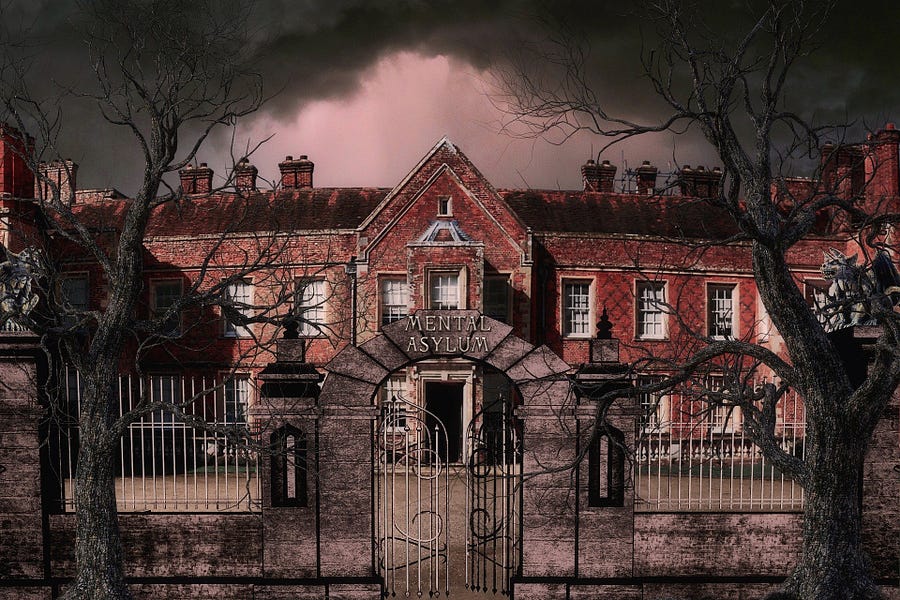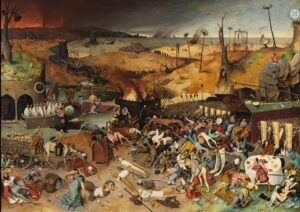
Several years ago, I wrote about some of my experiences visiting the mentally ill in a state hospital, formerly an insane asylum, and the sudden feeling of urgency I had to tell that story. I ended up doing research for it I had never dreamed of encountering. Horror stories of their own.
Though I already knew of what had happened to the people living in insane asylums— defined as patients but more often as inmates — I had not grasped the full meaning of it all. I did not understand how such things could happen near where I lived or anywhere in my country. Until I did that research.
Surely such things were possible outcomes of wars, not of ordinary life?
I see the problem of homelessness we face now, a wretched existence for so many. We must surely be mad to spend billions on weapons of war and deny homes to those who need them, to deny care to those who cannot care for themselves.
How far can we go in this way?
What can I do, myself, now, to help?
I have no idea. Most certainly our Congress, government, and justice departments do not show a dram of interest in the homeless. Unless they disrupt the lives of those of us who are not so afflicted. Then we clamor for the homeless, most of whom are mentally ill, to be removed.
When I read horror stories of the Black Death in 1348, I was overwhelmed. One-third of Europe’s population was killed by a virus brought by rats on trading ships from Asia. Those who were left, so personal accounts from the time describe, wandered in a surreal landscape, everything lost. Everything was destroyed, no food or water, no one to help.
Bruegel the Elder painted his vision of the Black Death in a painting I owned a copy of for a long time:
The Triumph of Death by Pieter Bruegel the Elder. 1562 (Museo del Prado — Public Domain)
Many of those who survived experienced severe dissociation and madness and extreme symptoms of what now we would call PTSD. (A remarkable book by Rosemary Horrox, part of the Manchester Medieval Studies, gives personal accounts she unearthed of the Black Death. These can be read for free HERE.)
In the similar surreal world that is life for our homeless, I wager the landscape is equally bewildering. They live within a fear that is never gone, an awareness of abandonment that is never removed. And physical needs of love and affection that are never met.
During The Black Death people shunned one another. So do we now shun the homeless, and so consign the afflicted to another world we ask to be kept far from our own. This desire has become intensified and calls for the re-establishment of insane asylums though with more benign names, have surfaced and are growing. Put them away, out of sight.
Here I would say if we did in fact do such a thing, we would create a travesty on a national scale and to our eternal detriment.
The homeless deserve our compassion, not our repulsion. They require our help, not our distaste and indifference.
And we do not want the legacy of insane asylums–such a dark history– to be repeated. Do we?
Here is the article where I tell the true stories of what happened in so many of those asylums, including the one where I volunteered.


